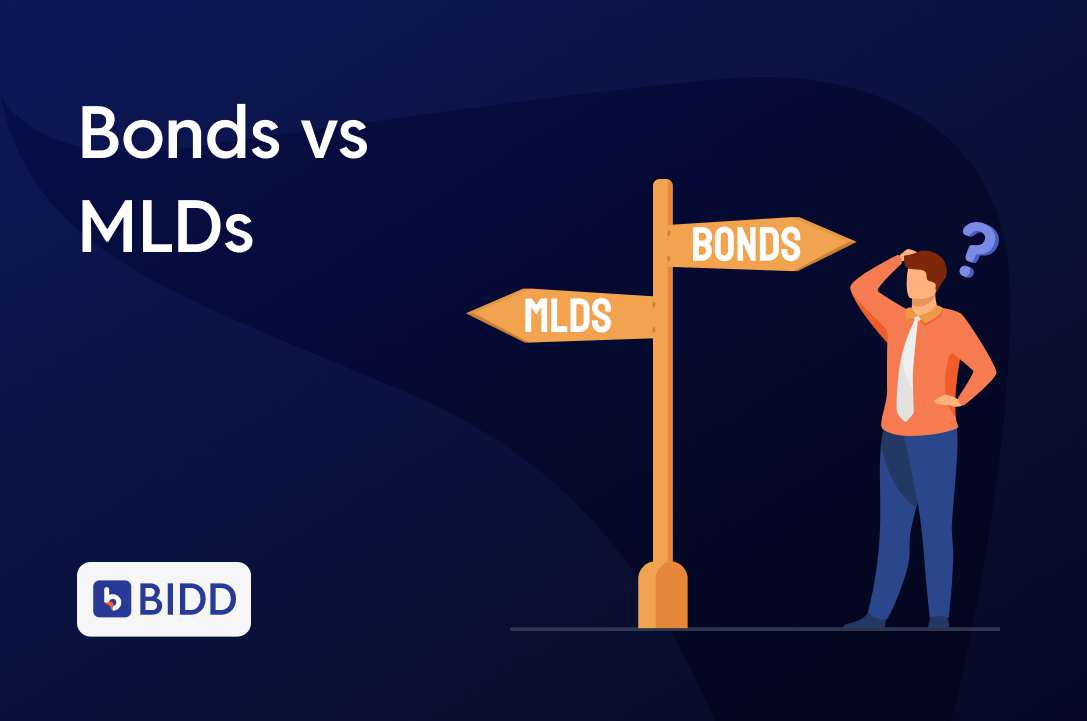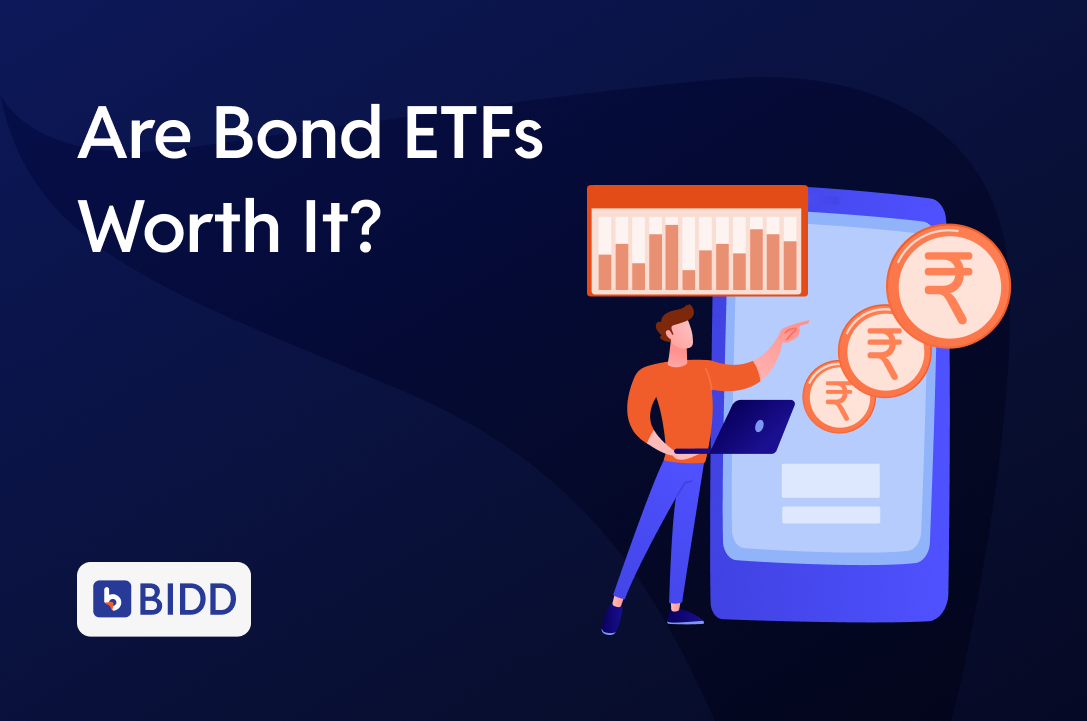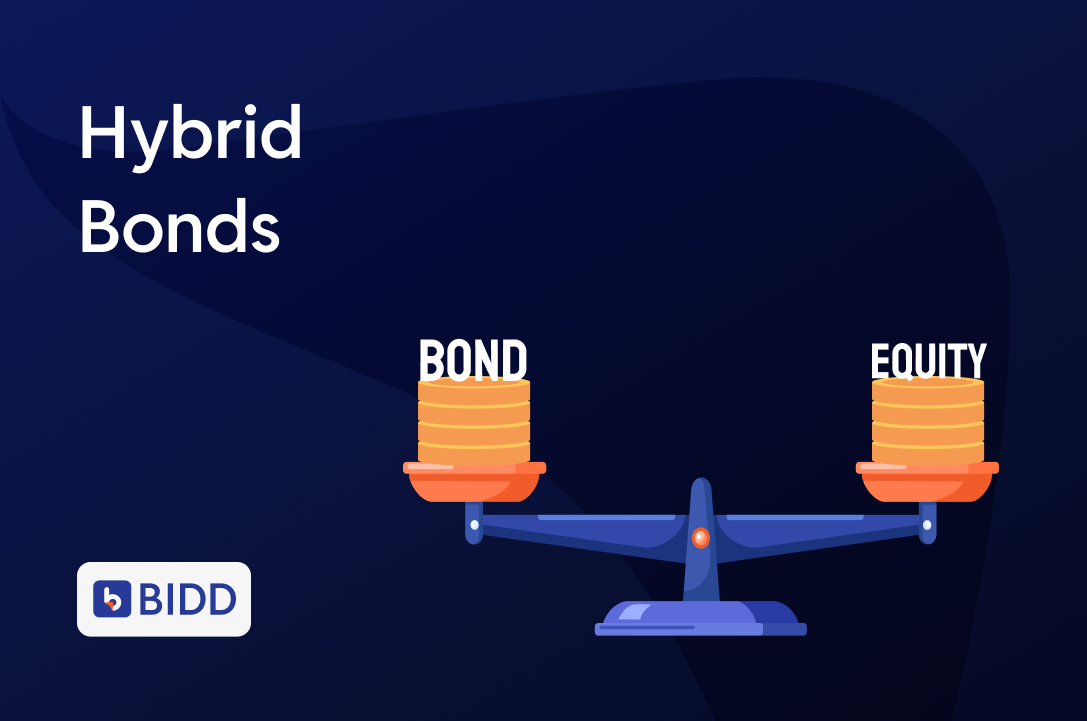One gives fixed returns. The other can be a bit of a wild card.
Let’s Start with a Quick Scenario
Your friend says,
“I just invested in an MLD — way better than bonds!”
You nod, smile… but inside, you’re thinking —
“Wait, what’s an MLD? And how is it different from a bond?”
Let’s break it down.
Because while both are debt instruments, they don’t work the same way.
First, What Are Bonds?
bonds are straightforward. You lend money to a company or the government. In return, they promise to pay you interest (called a coupon) at regular intervals and return your principal on maturity.
- Fixed returns
- Known maturity date
- Predictable income
Think of it like this:
“I’ll give you ₹1 lakh. You give me 8% per year for 3 years. Then return the ₹1 lakh.”
Simple. Reliable. Transparent.
So, What Are MLDs?
MLD = Market Linked Debenture
It’s still a loan to a company — but your return is linked to the performance of a market index.
This could be:
- Nifty 50
- Government bond yield (like the 10-year G-Sec)
- REPO rate
How it works:
- If the index performs well — you earn a return
- If not — you may receive only your principal back
Example:
“I’ll give you ₹1 lakh. Give me a return… if the Nifty stays above 15,000.”
Bonds vs MLDs: What’s the Real Difference?
| Feature | Bonds | MLDs |
| Return Type | Fixed (known in advance) | Market-linked (variable) |
| Risk Level | Lower (predictable) | Higher (depends on market) |
| Taxation (post-April 2023) | As per income slab (if unlisted) | Same as bonds — no special tax treatment |
| Liquidity | Varies — some are liquid | Usually low |
| Issuer Type | Govt, PSUs, NBFCs | Mostly NBFCs, Corporates |
| Investor Profile | Conservative | Semi-aggressive |
Real-Life Example
Bond A:
- Coupon: 9% fixed
- Listed on exchange
- Pays interest every year
- Predictable income
- Easier to sell
MLD B:
- Linked to 10-year G-Sec yield
- If the yield stays in range, you earn 10%
- If not, you only get your principal back
- Higher uncertainty
- Harder to exit mid-way
Why Did MLDs Get Popular?
Before April 2023, MLDs had significant tax advantages —
If held for more than a year, capital gains were taxed at just 10% flat.
In comparison, bond gains could be taxed as per your income slab.
But post-April 2023?
Those tax benefits are gone. MLDs are now taxed just like regular debt instruments.
So today, it’s less about tax-saving and more about choosing the right product for your strategy.
So, Which One’s Better?
It depends on your investment goals and risk appetite.
- Want steady income and lower risk?
Bonds are the better choice. - Comfortable with market triggers and variability in returns?
MLDs might work for you.
But a word of caution:
MLDs may look attractive on paper, but you must fully understand the underlying trigger condition. If that trigger isn’t met, your return could fall short — or disappear altogether.
Quick Recap: Bonds vs MLDs
| Question | Bonds | MLDs |
| Fixed return? | Yes | No |
| Market-linked? | No | Yes |
| Tax-friendly now? | Not really | No longer |
| Good for emergencies? | If liquid | Usually not |
| Suitable for? | Income-seeking investors | Risk-aware investors |
Final Thoughts
Bonds are the foundation of a stable portfolio.
MLDs are the enhancers — they add complexity and risk, with the potential for higher reward.
Before you invest, ask:
- Do I understand the risk?
- Is my return guaranteed or conditional?
- Can I exit easily if needed?
In the world of debt instruments, it’s not just about returns — it’s about clarity, confidence, and control.
Smart investors know the difference between bonds and MLDs.
Be that investor.




